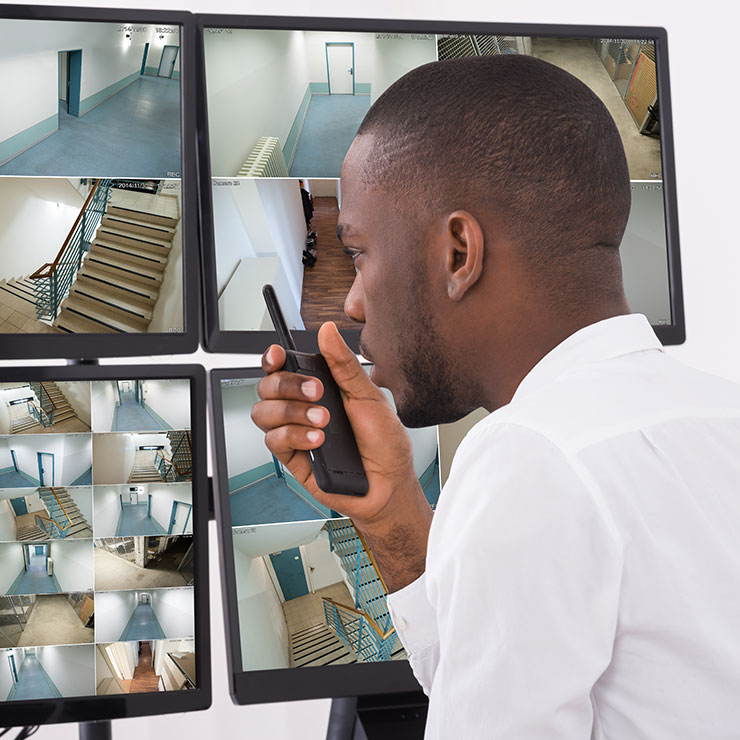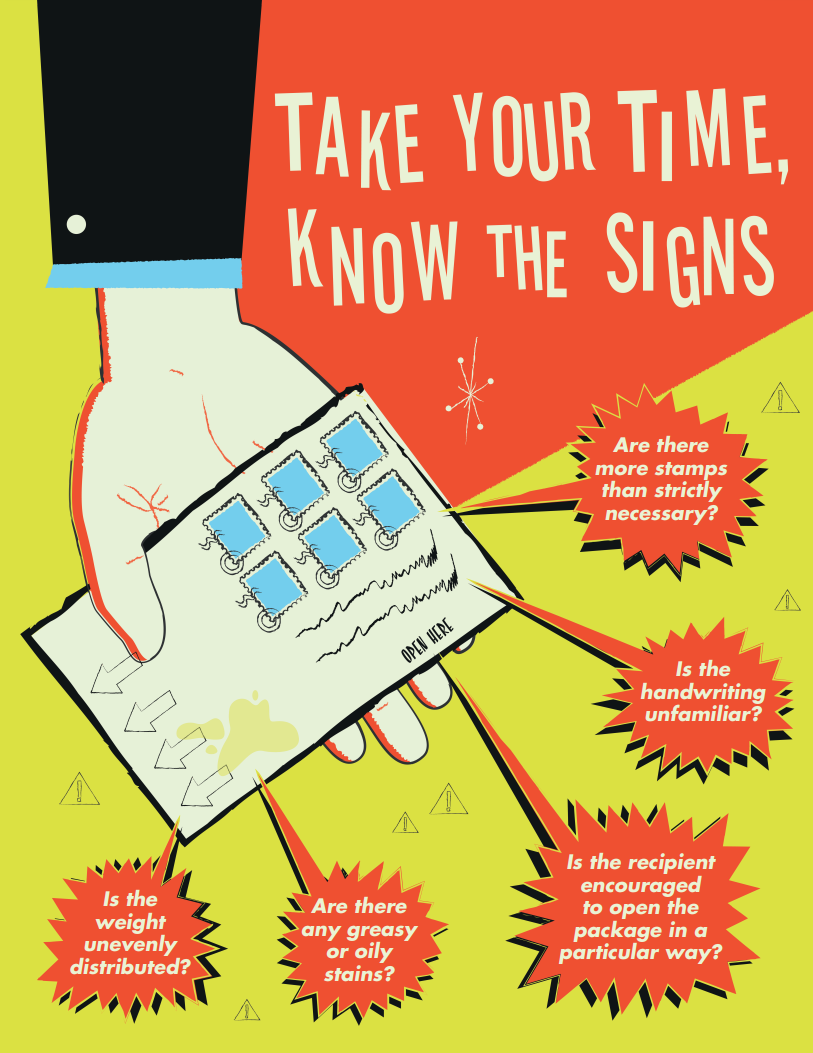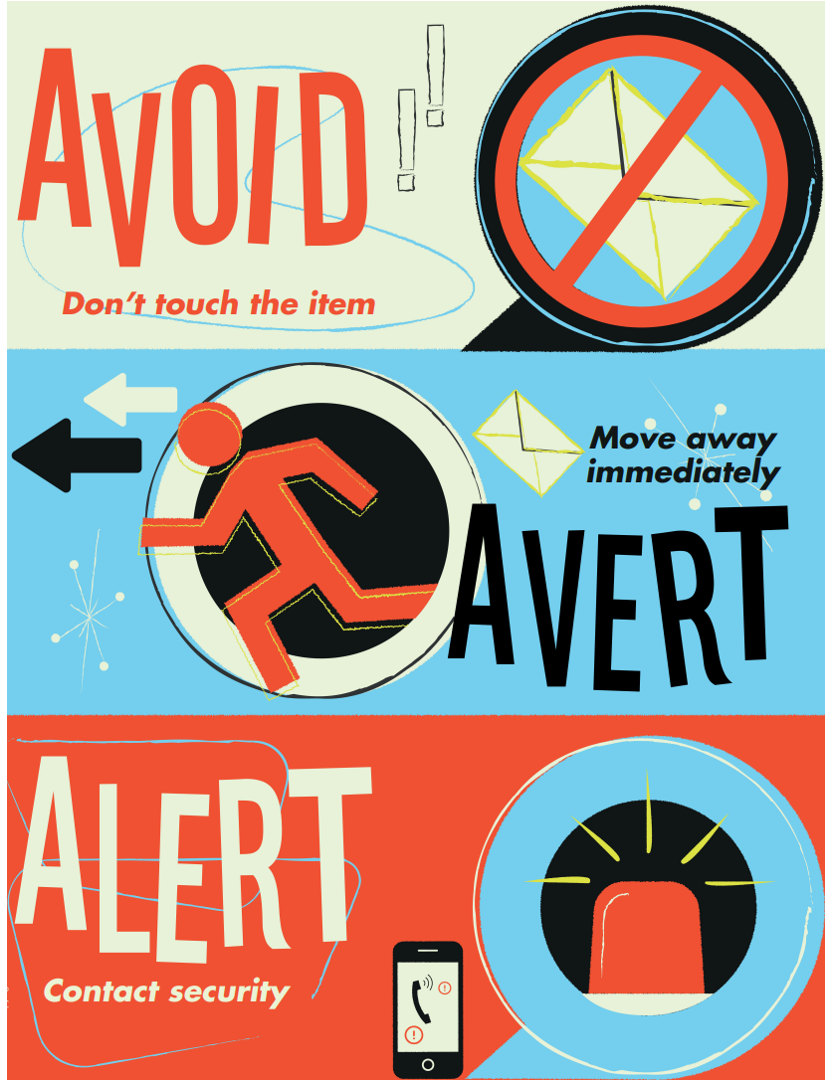Any search and screening activity should be an integral part of, and commensurate with, the organisation's wider protective security measures and response procedures. Similarly, screening measures should be cost-effective, proportionate, and should take account of the organisation's wider business / operational needs.
From a counter-terrorism perspective, the main focus of search and screening effort will usually be explosive and incendiary materials and devices, firearms, and bladed/pointed weapons. However, all of the principles described in this guidance can equally be applied to detecting items associated with State Threats activity. Screening measures may also be used to support enforcement of policies intended to ensure safety (e.g. prohibition of alcohol), and to reduce the risk of illegal protests and common criminal activities such as theft.
Applications
Search and screening measures are most easily implemented on entry to secure sites and buildings, and will typically focus on:
- Screening people and their belongings
- Screening vehicles
- Screening mail and courier deliveries
- Screening bulk deliveries
In addition, organisations may wish to consider how to search their premises effectively, whether routinely, or in response to a specified threat or other cause for concern:
Where an organisation may have a requirement for Chemical, Biological, Radiological or Nuclear (CBRN) detection measures, contact your NPSA adviser for further information.
Operational Considerations
The organisation should develop a clear operational requirement for its search and screening measures. Key factors to consider include:
- What, in light of the threats it faces, is it essential to detect? What else would it be desirable to detect?
- What is the anticipated demand for the screening process (i.e. how much capacity is required and when will peaks occur)?
- What space is available, and where, for the screening measures?
- How will you incorporate search and screening into your organisational response procedures?
Explosives and Weapons Detection Technologies
Explosive and weapons detection equipment should only be selected in light of a clear operational requirement. Organisations should develop robust operating procedures for screening processes, including how alarms are investigated, and then resolved or escalated as appropriate.
Whilst there may be a high capital cost associated with setting up a screening facility and purchasing screening equipment, it should be recognised that screening processes tend to be labour intensive and hence are likely also to have high on-going operating costs.
Staff should have sufficient training to conduct the required tasks both efficiently and effectively. Training should be designed around the organisation's screening requirements and processes - there is a risk that more generic training courses, or those designed for other specific applications may not meet the organisation's particular needs.
Note that training on the safe and effective operation of a particular piece of equipment is likely to be valuable, but insufficient - wider training will be required on the organisation's screening requirements and processes and how this particular activity contributes to successful delivery.
Many screening tasks are mentally and / or physically demanding, especially at times when the screening process is busy. The working environment should be designed to enable effective working - there should be sufficient space to conduct the required tasks and lighting levels should be adequate for the tasks being carried out.
Staff should have regular and adequate breaks; periodic rotation of staff between different tasks can also help maintain performance - see the personnel security advice pages for further relevant information.







